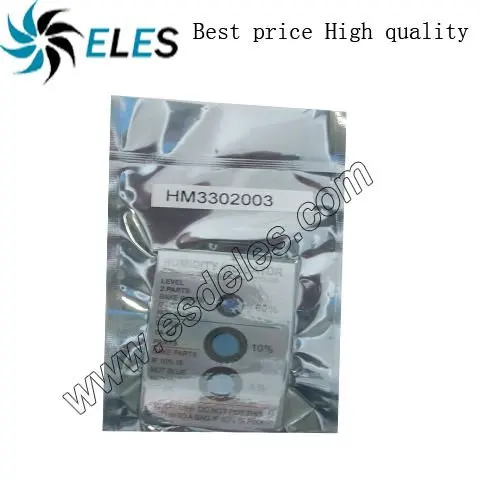


The addition of a low amount of Co (0.33 mol%) allows us to decrease the sintering temperature, to improve the mechanical properties of ceramics, to preserve the nanoscale size of grains at 1350–1400 ☌. The influence of Co addition on the sintering temperature, phase composition, microstructure, mechanical and biomedical properties of the obtained composite materials, and on the resolution of the digital light processing (DLP) printed and sintered ceramic samples was investigated. Different amounts of Co (0–3 mol%) were introduced into synthesized powders, and ceramic materials were obtained by heat treatment in the air for 2 h at 1350–1550 ☌. Nanocrystalline 3 mol% yttria-tetragonal zirconia polycrystal (3Y-TZP) ceramic powder containing 5 wt.% Al2O3 with 64 m2/g specific area was synthesized through precipitation method. This paper provides a review of some of the reports on the development of nanostructured polyamide-based chemical sensors in the last two decades (2000-2020). Polyamide nanofibers are used nowadays to make various types of sensors. These characteristics make polyamide nanofibers good candidates for sensor development. Furthermore, the amide groups in polyamide enable it to interact with other molecules via hydrogen bonding. Polyamide nanofibers have properties such as good chemical resistance, very good strength and hardness, high wear resistance, and high surface area to volume ratio, and they are porous, just to name a few. The choice of a polymer material to be used depends on whether it has the potential to give the properties of the desired sensor. Keep container tightly closed.Nanofibers have shown great potential to contribute to the growing demand for point of care sensors and other kinds of sensors where they are utilized as supporting materials or used to interact with other materials through their functional groups. If experiencing respiratory symptoms: Call a POISON CENTER or doctor/physician. Immediately call a POISON CENTER or doctor/physician. Remove contact lenses, if present and easy to do. IF IN EYES: Rinse cautiously with water for several minutes. IF INHALED: Remove to fresh air and keep at rest in a position comfortable for breathing. IF ON SKIN: Wash with plenty of soap and water. In case of inadequate ventilation wear respiratory protection. Contaminated work clothing should not be allowed out of the workplace. Use only outdoors or in a well-ventilated area.
#Cobalt chloride system in weather indicator devices skin#
Wash face, hands and any exposed skin thoroughly after handling Do not eat, drink or smoke when using this product. Do not breathe dust/fume/gas/mist/vapours/spray. Do not handle until all safety precautions have been read and understood. Very toxic to aquatic life with long lasting effects. May damage fertility or the unborn child. Suspected of causing genetic defects if inhaled May cause cancer. May cause allergy or asthma symptoms or breathing difficulties if inhaled.


 0 kommentar(er)
0 kommentar(er)
